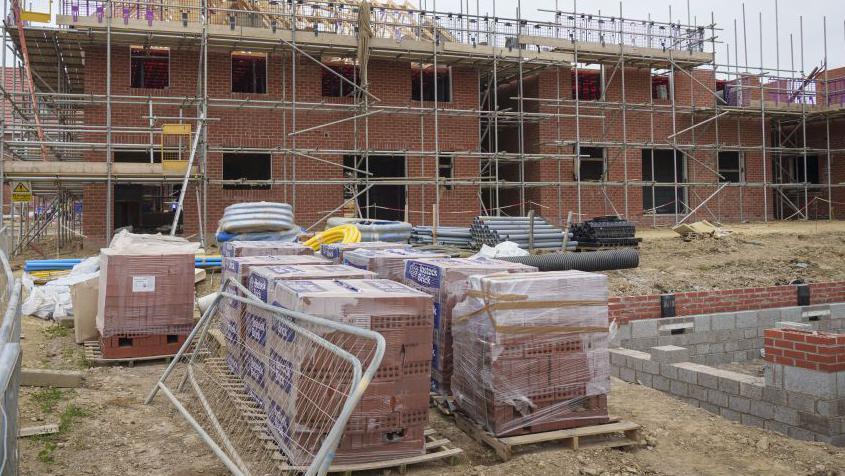New village on farmland will swamp us - campaigner
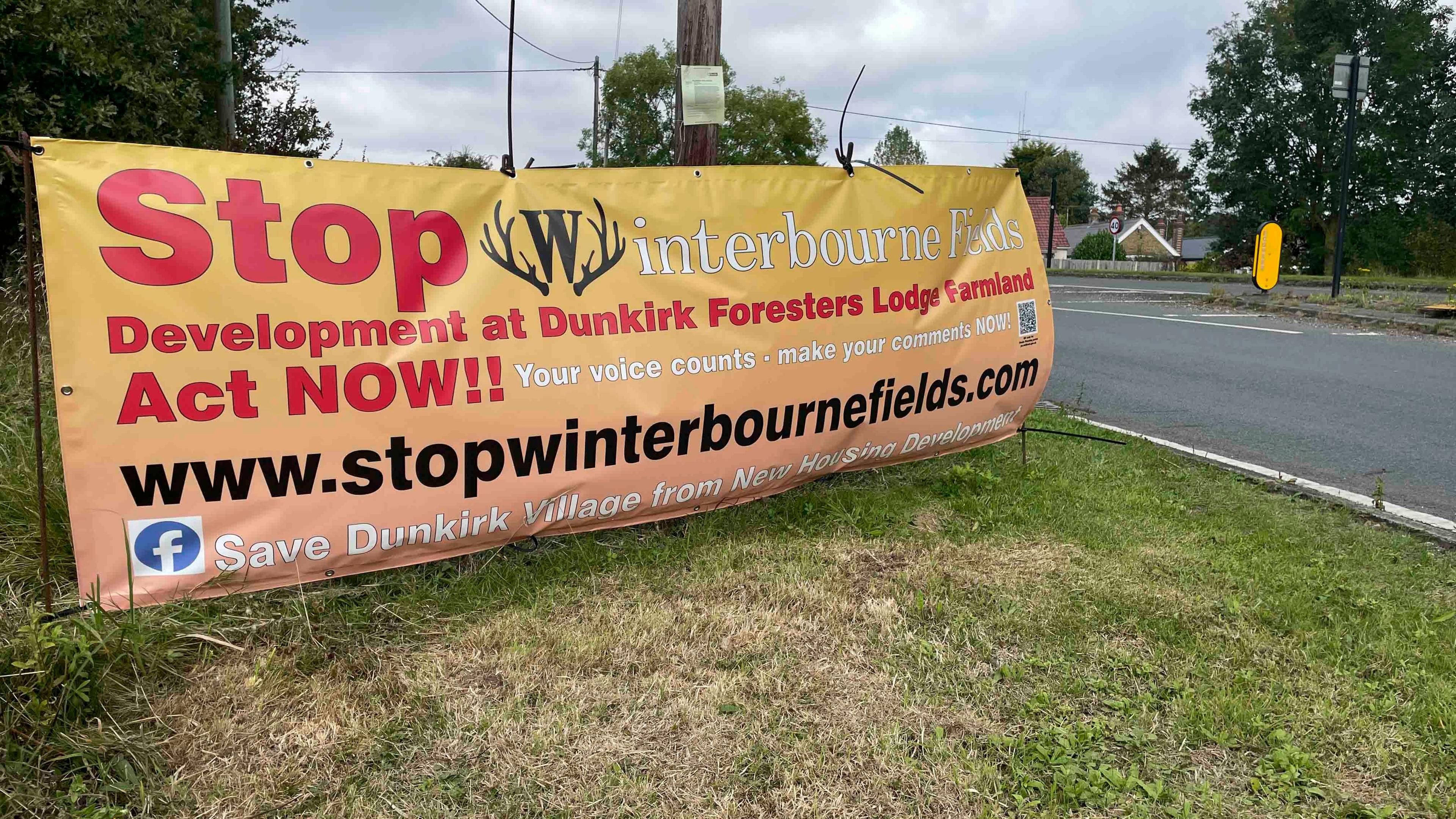
Campaigners have erected signs at the roadside in protest at the proposed development
- Published
There is increasing concern over plans for a 1,800-home new village on farmland between Canterbury and Faversham.
Developers Shaptor have said it will be an inclusive new community which will set new standards for how to live sustainably.
However, conservation charities and local residents say it could threaten ancient woodland, a Site of Special Scientific Interest and Special Area of Conservation.
Carol Goatham, from Stop Winterbourne Fields campaign, said: “It’s too large. It will swamp the villages of Boughton and Dunkirk as they exist at the moment."

Campaigner Carol Goatham said the development would "swamp" the local villages
"This is not about local need, it’s about developers making a lot of money from productive farmland,” she added.
Local campaigners started a petition on 4 September, which now has more than 800 signatures.
The plan is to build on about 200 acres of farmland either side of the A2, mostly south of the village of Dunkirk.
If all goes ahead, the developers say there would be new homes, a primary school, shops, restaurants, allotments, a sports hub and 67 acres of open space.
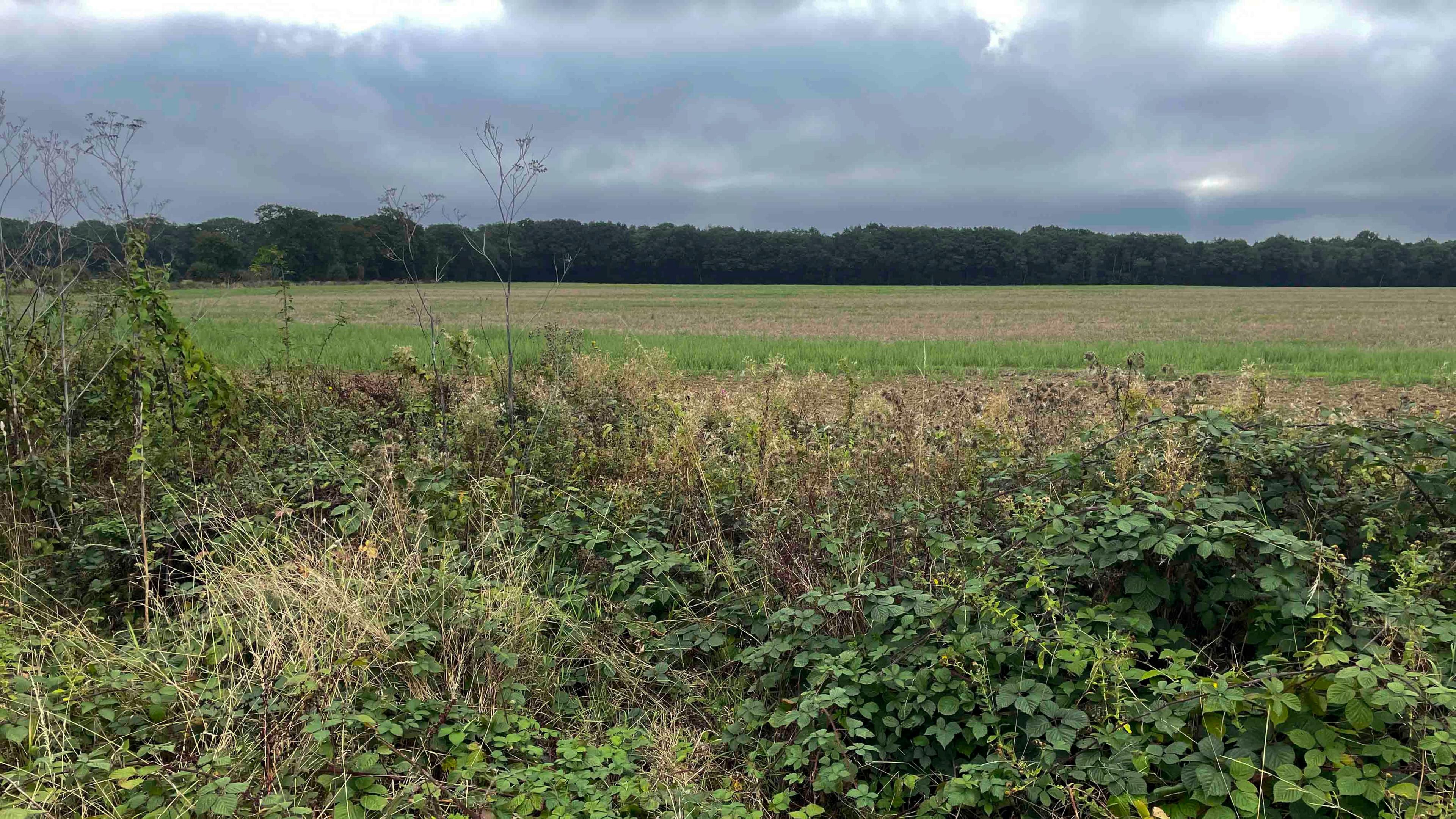
Looking across the proposed development site to woodland in the background
Marco Nardini, Shaptor managing director, said: “Our vision for Winterbourne Fields is to develop an environmentally responsible neighbourhood of up to 1,815 homes, built on land that is currently classified as low-grade agricultural (grade 4).”
He added: “This land has been unsuitable for food production for the past seven years and has limited potential for agricultural use beyond energy crops without a considerable increase in additional nutrients – producing issues with nutrient run-off.
"Therefore, it presents an ideal opportunity for much-needed housing development.”
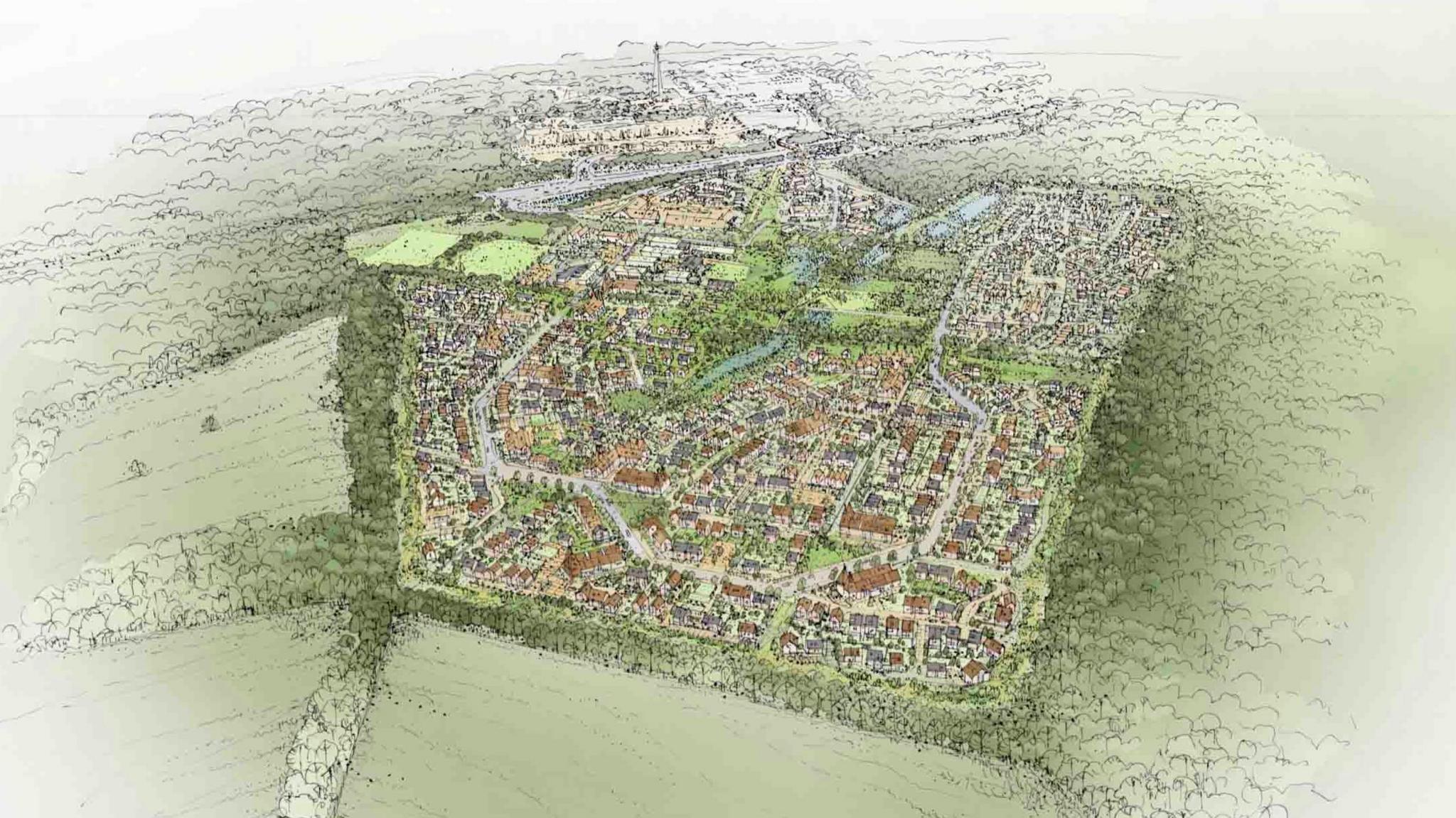
An artist's impression of the proposed development near the A2
However, the land is near a number of areas designated as important for wildlife and conservation.
The RSPB, the Woodland Trust and Kent Wildlife Trust have all raised concerns.
They say the arrival of thousands more people in the area could impact the sites.
A spokesperson for Kent Wildlife Trust said: “South Blean Woods is a largely undisturbed haven for wildlife and home to rare and endangered species including orchids, dormice, nightingales, and more recently rare candelabra coral fungi.
"We are concerned that the recreational pressures from this proposed development will degrade the habitat and further squeeze wildlife from the site.”
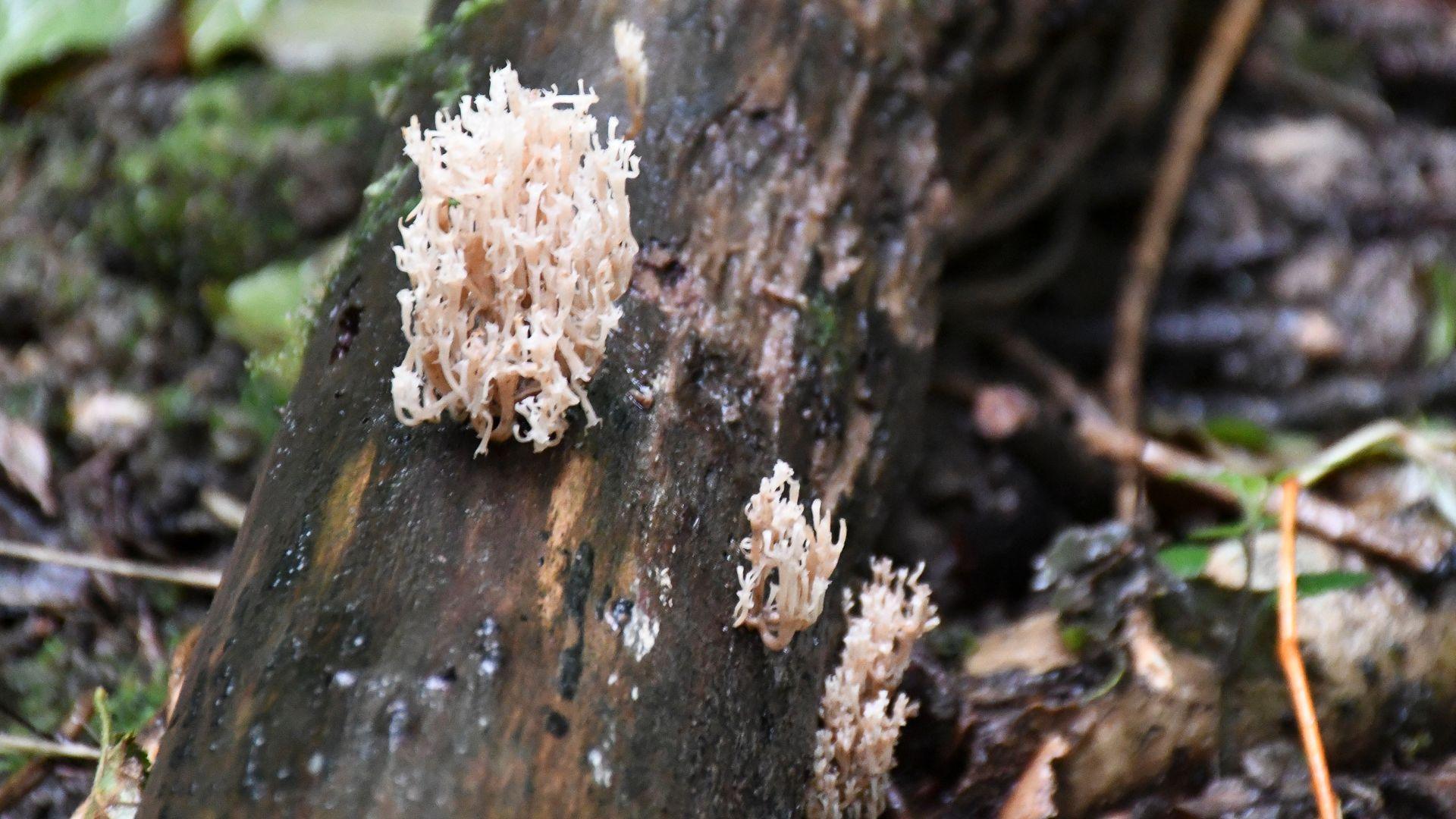
Kent Wildlife Trust said rare candelabra coral fungi was recently discovered in the area
Mr Nardini of Shaptor added: “We understand that some concerns have been raised, particularly about the impact on the neighbouring ancient woodland.
"Our proposals take the preservation of this important natural asset very seriously.
"We are implementing a minimum 20 metre-wide planted buffer zone and a five metre recreation zone around the woodland, exceeding the government’s recommended 15 metre minimum buffer.”
Related topics
Related internet links
- Published1 July 2024
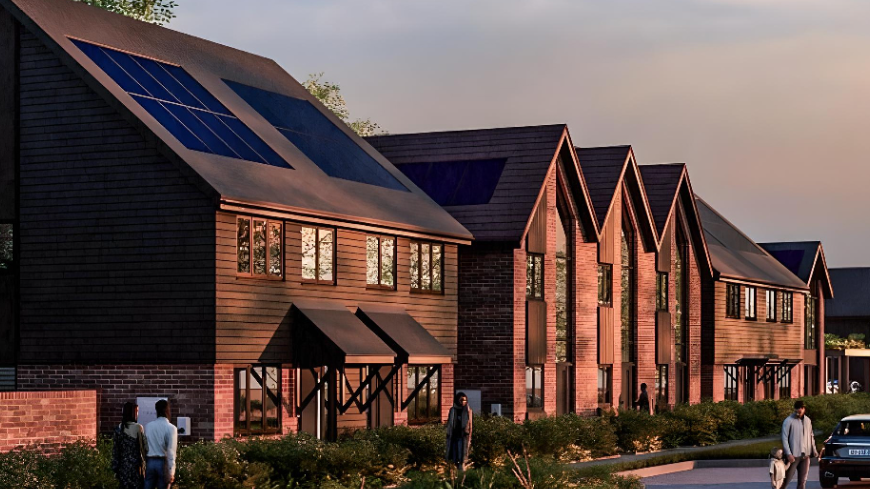
- Published22 August 2024
